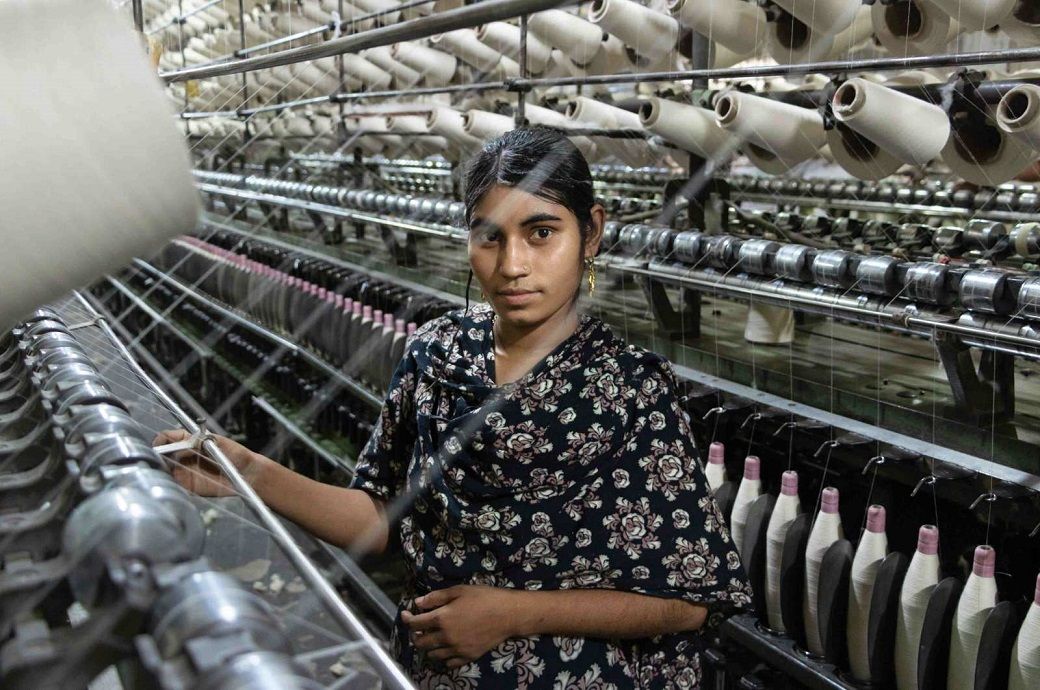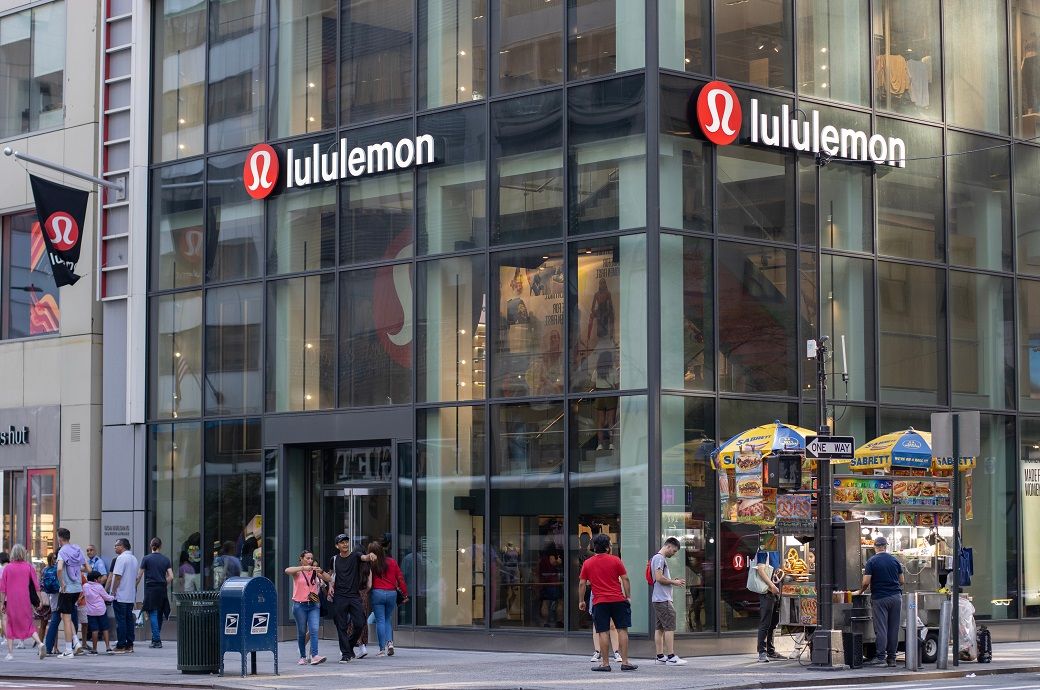
In Bangladesh’s RMG factories, indoor temperatures often soar above 35 degrees Celsius and can reach as high as 40 degrees Celsius. Production halls are typically hot, humid and poorly ventilated, with the constant use of heat-generating machinery like irons and steamers making the air thick and stifling.
An Australian study reveals how low-cost and scalable strategies can reduce heat stress and protect worker productivity in Bangladesh’s RMG sector.
The team tested simple cooling interventions like insulated reflective roofs, electric fans and free access to drinking water.
Without cooling interventions, heat stress reduced work output by around 12-15 per cent.
Workers spend up to 12 hours a day, six days a week, in these conditions which, over time, can take a considerable toll, causing dehydration, heat exhaustion, and a noticeable drop in energy and concentration, putting workers’ health and wellbeing at serious risk.
Most workers are paid by the piece, creating a difficult trade-off: slow down to stay safe in the heat—and earn less—or maintain speed and risk serious illness.
“Garment workers in Bangladesh already endure some of the most precarious and grueling conditions in the world. With rising temperatures, it’s only getting worse,” said Ollie Jay, the study’s senior author and director of the Heat and Health Research Centre at the university in a release.
“Without immediate, scalable and affordable cooling solutions, millions face a serious and growing risk of heat-related illness, exhaustion and long-term harm,” he noted.
To address this, Jay’s team looked at the effects of various cooling alternatives to air conditioning on worker heat strain in a simulated Bangladesh garment factory inside a climate-controlled chamber, replicating the hottest conditions recorded inside a typical factory in Dhaka.
They tested simple cooling interventions like insulated reflective roofs, electric fans and free access to drinking water, and benchmarked them against air conditioning and no cooling at all.
Published in The Lancet Planetary Health, the study found that without cooling interventions, heat stress reduced work output by around 12-15 per cent. These losses were partly recovered through the team’s sustainable cooling strategies, which prioritised cooling the individual instead of altering the surrounding environment, such as using fans and having access to drinking water
A 2.5-degrees Celsius indoor temperature reduction from an insulated, reflective white roof lowered core body temperature, heart rate and dehydration risk.
Electric fan use combined with access to drinking water delivered similar benefits, reclaiming much of the heat-related productivity loss seen in high-intensity tasks like ironing.
Cooling effects were more pronounced in male participants, highlighting the importance of reconsidering gender-specific tasks and clothing in heat mitigation strategies.
“With Bangladesh’s RMG industry targeting a 30 percent cut in greenhouse gas emissions by 2030, these low-resource options could offer a viable path forward for a sector under increasing pressure from both global demand and a changing climate,” said lead author James Smallcombe, a post-doctoral research fellow at the Centre.
The full results suggest that improving building design and supporting worker hydration could become key pillars of climate adaptation in global supply chains, protecting both workers and business continuity.
The Wellcome Trust funded the research.
Fibre2Fashion News Desk (DS)

:max_bytes(150000):strip_icc()/Health-GettyImages-1380958663-27f33ea1241c48a7889066b4b07c2b83.jpg)


